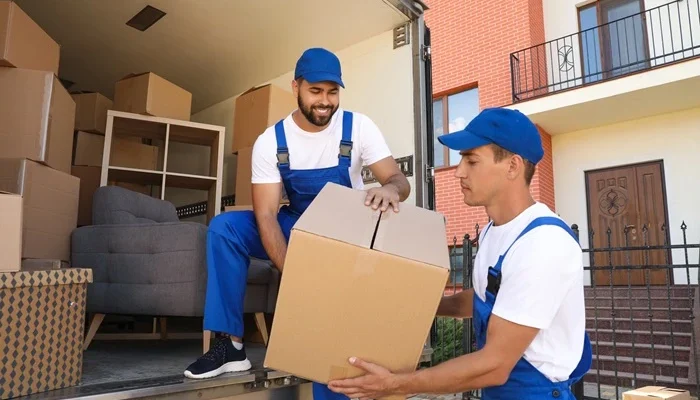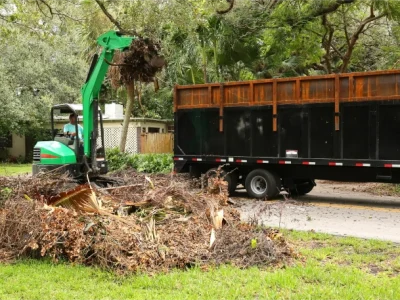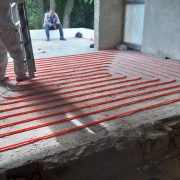Moves in River Forest don’t always look dramatic — sometimes it’s just a few blocks over to be closer to school, and sometimes it’s a regional hop to Milwaukee or Northwest Indiana. Either way, the details matter.
This guide, River Forest Moving Services, explains how local crews handle community-based relocations, protect fragile items, manage regional transport, and tailor plans to keep moving day calm and predictable. Readers looking for quotes will often see a simple “Click here” button on a mover’s website — but behind that button is a process worth understanding. Knowing how it works helps them compare apples to apples and choose the right level of service with confidence.
Community-based relocation services for River Forest residents
Local moves in River Forest are all about precision. Short distance doesn’t automatically mean “easy”: it means timing, access, and building rules drive the day.
What “community-based” really means
Community-based River Forest moving services prioritize neighborhood knowledge. They plan around school traffic near Thatcher and Keystone, avoid rush-hour bottlenecks on Lake Street and North Avenue, and secure parking in tight residential corridors. When required, they coordinate temporary parking permissions with the Village and provide Certificates of Insurance (COIs) to condo associations or building managers.
Day-of details that reduce stress
Crews protect entry points with door jamb guards, floor runners, and banister wraps. They stage items to keep hallways clear and use smaller trucks or a shuttle when alleys and tree-lined streets make large vehicles impractical. For homes with older plaster, they pad corners and use lift straps to minimize wall contact. A lead mover walks the home first, confirms what’s staying, and sets the load order so essentials, cribs, coffee makers, routers, come off first.
Service that fits short-haul realities
Because most local River Forest moving services bill hourly, efficiency is key. They’ll recommend pre-labeled boxes, elevator reservations (if applicable), and a clear path from door to curb to keep the clock honest. It’s hyper-local, but professional: background-checked crews, modern equipment, and a plan that accounts for neighborhood quirks they’ve seen a hundred times.
Handling fragile items with specialized packing support
Fragile doesn’t just mean “breakable”, it means irreplaceable: heirloom china, framed art, antique hutches, a piano that’s been in the family for decades. Good movers treat these as a project within the project.
Materials and methods that actually matter
Specialized packing support uses double-walled dish barrels, foam-in-place cushioning, and corner protectors for glass. For art and mirrors, techs build custom crates or telescoping mirror cartons and wrap pieces in glassine or acid-free tissue before padding. Chandeliers get soft foam cages: pianos ride on boards with neoprene belts and skid plates to protect floors and thresholds.
Clear labeling and chain of custody
Every fragile box is labeled with both handling instructions (Top/This Side Up) and destination room. High-value items are photo-inventoried and sealed. Crews keep a simple chain-of-custody log so the same team that packs delicate pieces is responsible for loading and unloading them.
Coverage worth understanding
Even on local moves, clients can opt for valuation coverage beyond the basic minimum. Reputable Illinois movers will explain options plainly, itemize any custom crating charges up front, and advise when a piece merits extra protection. The net effect: fewer surprises, fewer claims, and that sigh of relief when the last crate opens without a crack.
Regional moves requiring reliable transport solutions
Regional relocations, think 50 to 300 miles, add logistics beyond a same-day neighborhood move. The right River Forest moving services bring linehaul planning, equipment choice, and compliance to the forefront.
Dedicated vs. shared transport
For a one- to two-bedroom move to Madison or South Bend, customers can choose a dedicated truck (faster, door-to-door) or a shared run (cost-effective, with a delivery window). Crews secure loads with e-track straps, moving blankets, and shrink wrap, and they use air-ride suspension trucks to limit vibration on Illinois–Wisconsin highways.
Access and shuttle strategies
Historic neighborhoods and tight courtyards sometimes won’t accept a 53-foot trailer. In those cases, movers stage at a nearby lot and shuttle with a 26-foot box truck. It adds a step, but it protects property and keeps the schedule realistic.
Real-time communication and compliance
Professional carriers provide driver check-ins and GPS updates so customers know when to expect arrival. For interstate work, companies must be registered with the FMCSA (USDOT and MC numbers): for intrastate Illinois moves, they should be licensed by the Illinois Commerce Commission (ICC). Documentation, the bill of lading, inventory, and valuation election, travels with the shipment.
Weather and timing buffers
Midwest weather can be moody. Good planners build soft buffers into the timeline, watch for lake-effect surprises, and carry floor protection to deal with snow, rain, or mud at either end. Reliable transport isn’t just about the truck: it’s also about disciplined communication when conditions change.
Customized moving plans ensuring smooth transitions
No two River Forest moves are the same. A young family upsizing, a senior downsizing, a remote worker relocating a full home office, they each need different choreography. That’s where customized plans shine.
Start with a real assessment
A coordinator conducts a virtual or in-home survey to measure volume, note tricky items, and spot access challenges. They map a timeline that includes packing days, elevator reservations, utility cutovers, kid/pet care, and “first-night” essentials.
Build the service stack
Plans combine menu items: full-service or partial packing, disassembly/reassembly of beds and fitness equipment, TV and artwork handling, IT unplug/replug for home offices, and debris haul-away after unpacking. For gap periods between closings, storage-in-transit, ideally climate-controlled, keeps belongings safe without a second move.
Execution playbook
Color-coded labels direct each box to the right room. The load order mirrors the client’s priorities, and the crew lead reviews a short checklist before leaving the origin and upon arrival. When it’s done right, customized planning makes move day feel less like chaos and more like a well-timed handoff.










Comments